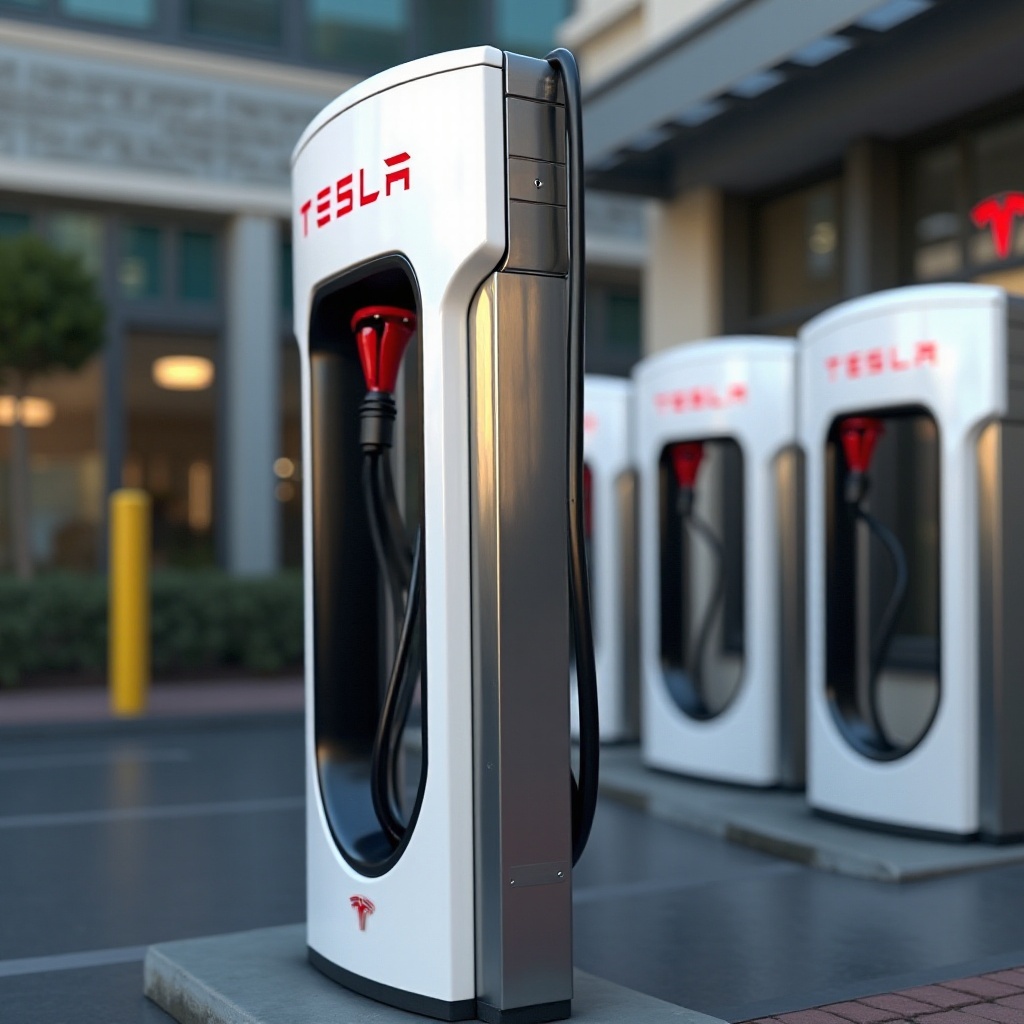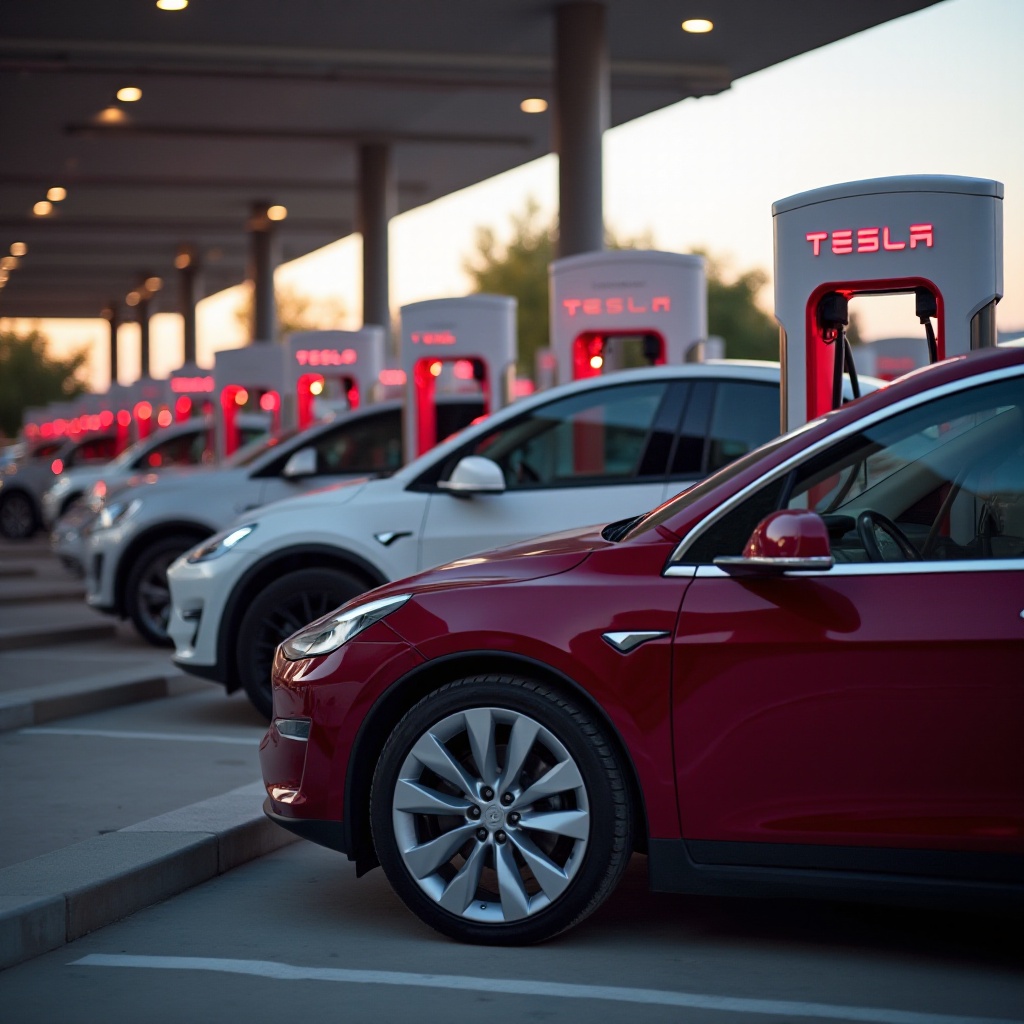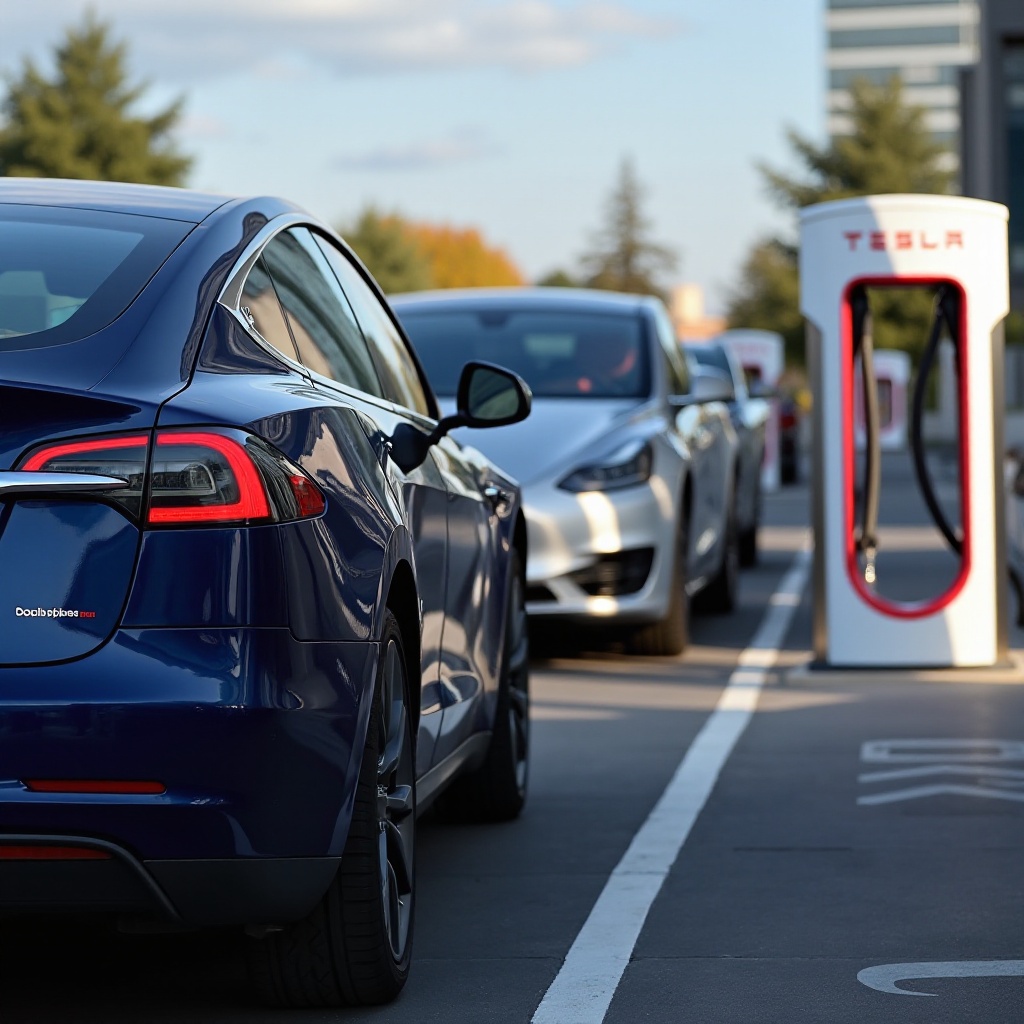Introduction
Tesla’s Supercharger network has become the backbone of electric vehicle travel, providing drivers with the ability to quickly recharge their vehicles on long journeys. As the network expands globally, questions about its reliability and performance have become increasingly pertinent. Specifically, potential and current Tesla owners often wonder, ‘What percent of Tesla Superchargers actually work?’ This article aims to delve into the intricacies of the Supercharger network, explore their reliability, and provide insights into common issues that may impact their performance.

Overview of Tesla Supercharger Network
Tesla Superchargers have revolutionized the way electric vehicles (EVs) are powered on the road. The network started in 2012 and has since proliferated across numerous countries, making long-distance EV travel feasible. Superchargers are strategically placed at key points along highways and in urban areas to offer convenient access for Tesla owners. These stations can deliver up to 250 kW of power, significantly reducing charging times compared to standard charging methods. Tesla continuously monitors and updates the Supercharger network to enhance coverage and maintain optimal performance.
Tesla’s network is not just about numbers; it’s about providing an experience that aligns with the brand’s innovative spirit. Real-time data and over-the-air updates ensure Superchargers are functioning optimally. Moreover, Tesla’s commitment to renewable energy means many Supercharger stations are solar-powered, thereby promoting sustainable energy practices. Understanding the scope and capabilities of this network is crucial for evaluating its overall reliability.
Evaluating Tesla Supercharger Reliability
Evaluating the reliability of Tesla Superchargers involves looking at both quantitative data and user experiences. According to Tesla, their Supercharger uptime rate is close to 98%. This figure means that nearly all Superchargers are operational at any given time. However, real-world experiences may vary, and occasional downtime can occur due to various factors.
Operational Metrics: These metrics highlight the uptime and availability of Superchargers. For example, Tesla employs remote diagnostics and automated problem detection to quickly address and resolve issues at Supercharger stations.
User Reviews and Feedback: Tesla owners often share their experiences on forums and social media. While most reports are positive, indicating rare disruptions, some users occasionally report encountering malfunctioning units or congested stations that impact their experience.
Third-Party Studies: Independent studies often evaluate the performance and reliability of EV charging networks. These studies typically validate Tesla’s claims, showing high reliability compared to other charging networks.
Taken together, these sources can provide a comprehensive view of Supercharger reliability, reinforcing the company’s claims while highlighting areas for improvement.

Common Issues Affecting Supercharger Performance
Despite their high reliability, Tesla Superchargers are not immune to issues. Understanding these common problems can help in diagnosing and addressing them promptly.
Technical Problems
Superchargers, like any sophisticated technology, can experience technical glitches. Issues such as broken connectors, software bugs, or hardware failures can lead to temporary outages. Tesla’s automated systems can detect and often fix these problems remotely. However, in some cases, manual intervention may be required, causing short-term disruptions.
Maintenance and Upkeep
Regular maintenance is crucial for keeping Superchargers in optimal condition. Over time, wear and tear or environmental factors can degrade components, necessitating repairs or replacements. Effective maintenance schedules and quick response teams help mitigate these impacts, ensuring that most stations remain operational.
User Behavior and Impact
The behavior of Tesla owners can also affect Supercharger performance. Improper use, such as mishandling connectors or occupying charging spots beyond the required time, can hamper availability and functionality. Educating users about best practices and deploying features like idle fees have helped Tesla minimize these incidents, but they remain a concern.

Regional Variations in Supercharger Functionality
Supercharger performance can vary based on location. These regional differences highlight the network’s adaptability to diverse conditions and stress the importance of context in evaluating functionality.
Urban vs. Rural Areas
Superchargers in urban areas tend to experience higher utilization rates due to more extensive Tesla ownership. Conversely, rural stations may face less demand but could be more susceptible to issues like power shortages. Understanding these dynamics helps Tesla allocate resources effectively to meet regional needs.
High-Traffic Locations
Stations along busy highways or in popular destinations often see high traffic. This increased usage can lead to wear and tear and greater chances of congestion. Tesla’s efforts to build more stalls at these locations aim to mitigate these problems and ensure a smoother experience for all users.
Weather and Environmental Factors
Weather conditions play a critical role in Supercharger functionality. Extreme temperatures, heavy rainfall, or natural disasters can impact the stations’ performance. Tesla designs its Superchargers to withstand various environmental challenges and conducts regular assessments to maintain performance across diverse climates.
Enhancing the Supercharger Experience
Improving the Supercharger experience is a continuous priority for Tesla. Here are some steps Tesla and its users can take to enhance reliability and functionality.
Best Practices for Tesla Owners
Proper Use: Always handle connectors carefully and follow on-screen instructions for charging.
Timely Departure: Avoid occupying Supercharger spots longer than necessary. This practice improves availability for other users.
Monitoring and Reporting: Report any issues or malfunctions via Tesla’s app to facilitate prompt repairs.
Tesla’s Customer Support
Tesla’s customer support plays a vital role in maintaining Supercharger reliability. The company offers various channels for owners to report issues and get assistance. The ability of Tesla’s support team to quickly address reported problems significantly enhances the overall user experience.
Innovations and Future Improvements
Tesla continues to invest in technology to improve the Supercharger network. Innovations like faster charging speeds, increased station capacities, and new payment options are in development. These advancements not only aim to better the user experience but also enhance the overall reliability of the Supercharger network.
Conclusion
Tesla Superchargers are renowned for their high reliability, thanks to robust technology and effective management. While occasional issues and regional variations in performance exist, Tesla remains committed to enhancing its network to meet the needs of its growing customer base.
FAQs
Frequently Asked Questions
How often do Tesla Superchargers break down?
Superchargers boast an uptime of about 98%, making breakdowns relatively rare. However, occasional issues can arise due to technical problems, maintenance needs, or user mishandling.
What should I do if a Supercharger is not working?
If you encounter a non-functional Supercharger, report the issue through the Tesla app or contact Tesla customer support for assistance. They can often resolve issues quickly, either remotely or by dispatching a technician.
Are Tesla Superchargers more reliable than other charging stations?
Yes, independent studies and user feedback suggest that Tesla Superchargers are more reliable compared to many other charging networks, thanks to advanced technology, robust maintenance protocols, and efficient customer support.

